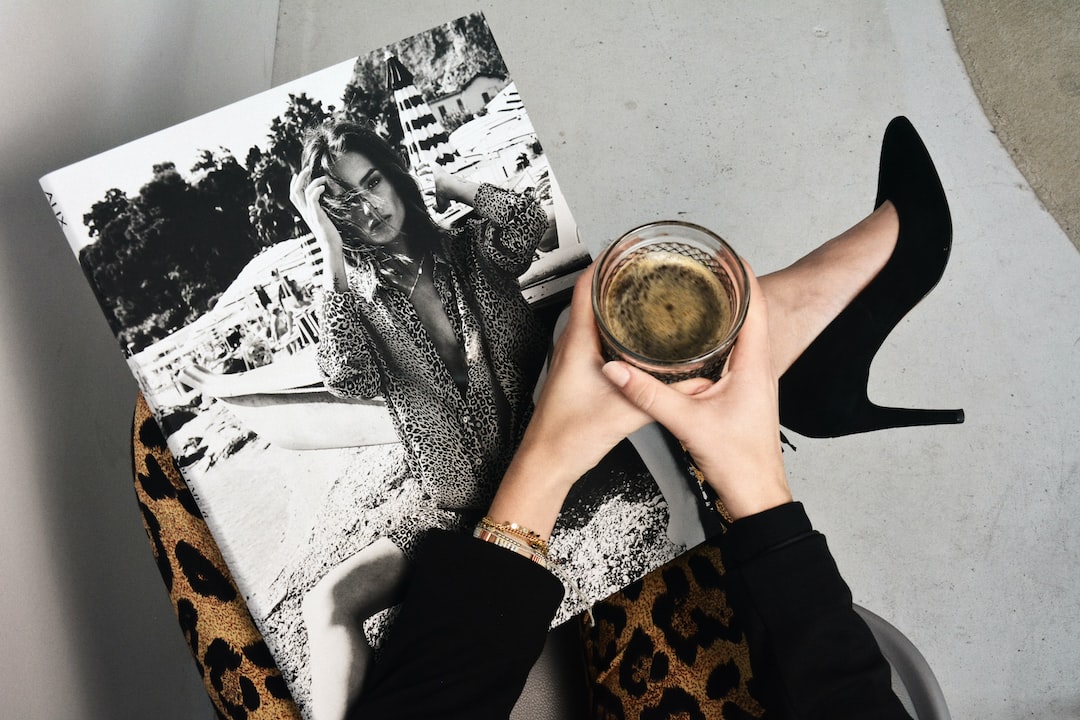The fashion industry has always been subject to a perpetual cycle of change and innovation. Styles and trends come and go, evolving at a rapid pace, and it’s becoming increasingly clear that social media plays a significant role in shaping these trends. In this digital era, where information is readily accessible and shared with the click of a button, social media platforms have transformed the way fashion trends are created, shared, and consumed.
One of the most notable impacts of social media on fashion trends is the democratization of fashion. In the past, the fashion industry was largely controlled by elite designers and fashion houses, who dictated what was in and what was out. However, with the rise of social media, anyone can become a fashion influencer. Whether you’re a teenager with a knack for styling or a celebrity with millions of followers, social media allows individuals to showcase their unique sense of style and influence others.
Instagram, in particular, has emerged as a powerful tool for shaping fashion trends. Influencers and fashion bloggers take to the platform to showcase their outfits, collaborations, and fashion musings. Their followers, who often idolize and aspire to look like them, are quick to adopt their fashion choices. This creates a ripple effect, as these followers then share their outfits on their profiles, subtly influencing their own followers. The cycle continues, and before you know it, a trend is born.
Take the example of the “chunky sneakers” trend that took the fashion world by storm a few years ago. Influencers and celebrities began sporting these bold, oversized sneakers on their Instagram accounts. Their followers promptly followed suit, and soon these sneakers could be seen everywhere – on the streets, in shopping malls, and even on runways. In this case, social media acted as a catalyst, rapidly disseminating and popularizing the trend to a global audience.
Social media platforms not only shape fashion trends but also provide a platform for emerging designers to showcase their work. In the past, breaking into the fashion industry was a daunting task, reserved for those with connections and financial resources. However, with platforms like Instagram and TikTok, talented designers can gain exposure and recognition without the need for traditional gatekeepers.
Designers can use social media to share their creations with a worldwide audience, allowing them to build a following and receive feedback from consumers. This direct line of communication between designers and consumers fosters a sense of inclusivity and engagement. Designers can now tap into the preferences and desires of their target audience, creating a symbiotic relationship that helps shape their collections and ultimately influences fashion trends.
In addition to democratizing fashion, social media also acts as a source of inspiration. Platforms like Pinterest and Tumblr provide users with a seemingly infinite pool of fashion images, allowing them to curate their own virtual mood boards. This constant exposure to diverse styles and trends fuels the creativity of fashion enthusiasts, inspiring them to experiment with their own looks.
Moreover, social media platforms have become a hub for fashion news and updates. Fashion magazines and brands have recognized the importance of maintaining a strong online presence to engage with their audience. They use social media platforms to showcase their latest collections, fashion shows, and collaborations, creating a sense of anticipation and excitement among their followers. Through live streaming and behind-the-scenes content, social media makes fashion more accessible and relatable, allowing consumers to feel involved in the industry.
However, the role of social media in shaping fashion trends is not without its challenges. The constant pressure to keep up with the latest trends can lead to a culture of fast fashion, where clothing is cheaply made and quickly discarded. Social media platforms can sometimes perpetuate unrealistic beauty standards and create a sense of comparison and inadequacy among users. It is essential for users and consumers to approach social media with a critical eye and remember that fashion trends should be a form of self-expression rather than a source of anxiety.
In conclusion, social media has transformed the fashion industry, democratizing the process of trendsetting and providing opportunities for emerging designers. Platforms like Instagram have amplified the influence of fashion influencers, who can shape trends with their social media presence. Social media also serves as a source of inspiration, allows for direct communication between designers and consumers, and provides a platform for fashion news and updates. However, it is crucial to use social media mindfully, ensuring that fashion trends remain a positive means of self-expression and creativity.


